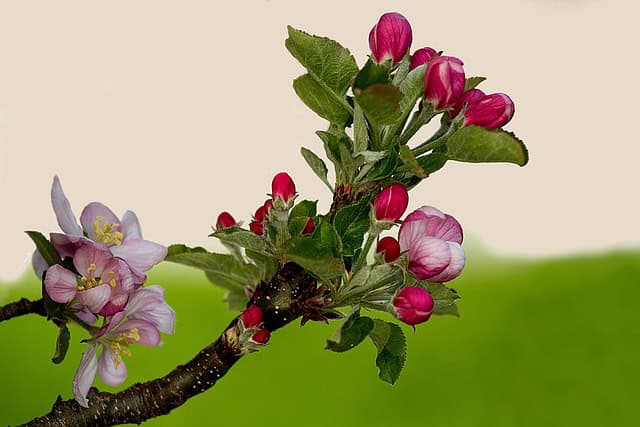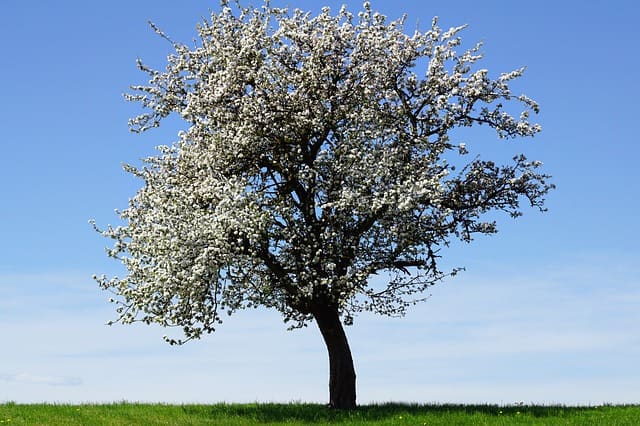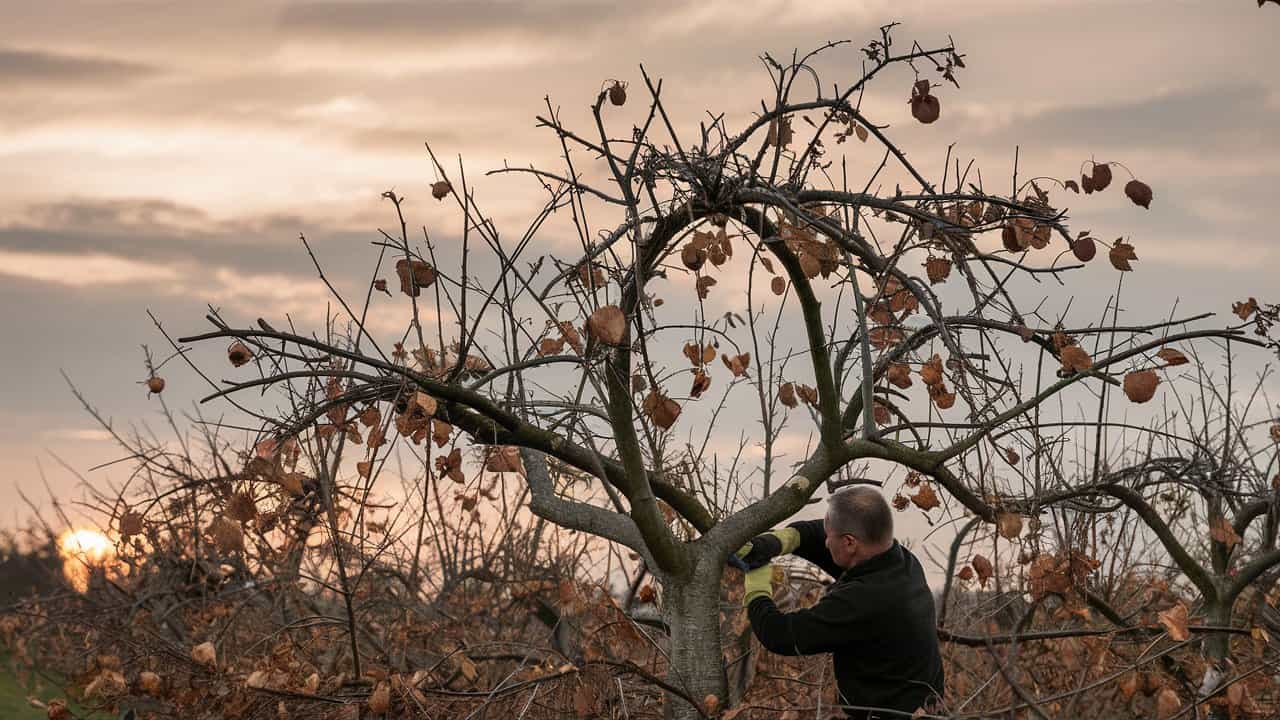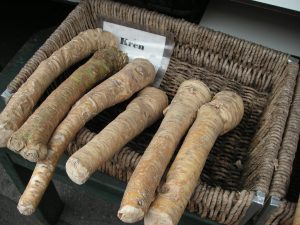Pruning is an essential practice for maximizing the health and productivity of apple trees. Understanding the optimal timing for this activity can help ensure robust growth, increased yield, and improved fruit quality. Let’s explore the nuances of when to prune apple trees to achieve the best results.
When the Apple is Dormant
One of the most critical factors in determining the best time to prune apple trees is the dormancy cycle of the tree. Apple trees enter a dormant phase typically during the winter months when they have shed their leaves and their metabolic processes slow down. This dormancy is crucial as it allows the tree to allocate resources effectively without the stress of growing leaves or fruit.
Pruning during dormancy helps minimize the risk of harsh weather adversely affecting the cuts, as open wounds can become susceptible to disease or rot when exposed to rain or snow. Dormant pruning also promotes healthier regrowth in the spring, allowing the tree to focus its energy on producing new branches and blossoms.
Between November and March
The ideal window for pruning apple trees is often cited as between November and March, with many horticulturists suggesting late winter as the prime time. This period can vary slightly based on regional climates, so it’s important for growers to observe their local patterns.
During this timeframe, the trees are less prone to disease, insects are inactive, and the absence of foliage allows for easier visibility of the tree’s structure. Pruning during this period also encourages early spring growth before the tree begins to leaf out, maximizing the benefits of sunlight and warm temperatures.
When planning your pruning schedule, consider the specific climate of your area. For example, in colder regions where the temperature drops significantly, it may be prudent to wait until late winter to ensure that the soil is still frozen, and the tree maintains its dormancy.
Don’t Prune if the Tree Has Any Leaves or Buds

While the temptation may be to prune as soon as the weather starts warming up, it’s crucial to refrain from trimming any apple tree that shows signs of budding or leaf development. Pruning during this early growth phase can create stress and shock, hindering the tree’s overall health and reducing fruit yield.
The reason behind this is simple: pruning involves removing branches that have stored energy in the form of leaves and buds, which are vital for the tree’s growth and fruit production. Cutting them too early can create an imbalance, depriving the tree of necessary resources and resulting in poor growth, fewer blossoms, or even dieback in extreme cases.
Don’t Prune if Wood is Frozen
Another important consideration is the condition of the wood at the time of pruning. If you notice that the wood is frozen—typically during the colder months—it’s best to hold off on any pruning until it thaws. Frozen wood is brittle and susceptible to splintering rather than clean cuts, which can lead to jagged wounds on the tree that are more difficult to heal.
Pruning frozen branches can also lead to stress injuries that may become entry points for pests and diseases once the tree regrows in the spring. Instead, monitor the temperature closely and wait for a few warmer days when the wood is pliable before proceeding with pruning.
Broken, Diseased Limbs Can Be Pruned Anytime
While the timing of pruning is generally centered around the dormant season, there are exceptions that can help keep your apple trees healthy year-round. Broken or diseased limbs pose a significant risk, as they can lead to further complications, including the spread of rot or pests.
Pruning these problematic branches as soon as they are identified is crucial. Not only does this help in maintaining the overall shape and health of the tree, but it also prevents potential hazards such as falling limbs or the spread of infectious diseases to surrounding branches. Quick action in removing these limbs ensures that your apple tree remains vigorous, ultimately supporting healthier growth and fruit production in the long term.
How to Make the Cuts

The precision of your cuts can significantly impact the health and growth of an apple tree. When pruning, it’s paramount to utilize sharp, clean tools to ensure smooth cuts, which helps prevent the introduction of pathogens that can harm the tree. Here are some tips on how to make effective cuts:
Cut at the Right Angle: Always make your cuts at a 45-degree angle away from the bud or branch you are leaving intact. This angle helps water run off rather than pool on the cut surface, reducing the risk of rot and infection.
Leave the Collar: When removing limbs, avoid cutting too close to the trunk or the collar (the ridge of wood at the base of the branch). The collar is essential for healing and contains important growth hormones that facilitate recovery.
Avoid Topping: Topping, or cutting off the top of the tree, can lead to a plethora of issues, including weak branches and increased susceptibility to disease. Aim for selective pruning that encourages healthy growth rather than drastic cuts.
Make Clean Cuts: Rubbing your pruning tools with alcohol or a disinfectant can help maintain their cleanliness between cuts, reducing the risk of cross-contamination.
By mastering these cutting techniques, you’ll create a healthier structure that can thrive through the seasons, ultimately leading to a more productive apple tree.
Training a Young Tree
Pruning is invaluable not just for established apple trees but also for younger ones just beginning their life cycle. Training a young tree allows you to shape its growth and establish a strong framework for future fruit production. Here’s how to do it effectively:
Establishing the Central Leader: For most apple varieties, aiming for a central leader system is beneficial. Choose a healthy, straight trunk as the leader and prune competing branches back to encourage dominant growth from this central stem.
Choosing the Right Scaffold Branches: As your tree matures, select 3 to 5 scaffold branches that will form the main structure of your tree. These should be spaced evenly around the trunk and ideally spaced vertically along the stem, providing good light penetration and airflow, which are crucial for fruiting.
Encouraging Horizontal Growth: To promote fruit-bearing branches, you can train scaffold branches to grow horizontally. This can be done using weights or ties that gently pull the branches down, which encourages lateral growth and increases the likelihood of flower and fruit development as the tree matures.
Regular Maintenance: In the following years, continue to remove any inward-growing branches and excess shoots from the main structure. This ongoing maintenance will help maintain an open center for sunlight and airflow, which is essential for a healthy tree.
Training a young apple tree properly from the outset can save time and resources in the long run, setting the foundation for a fruitful future.
Pruning Spur-Bearing Trees
Different apple tree varieties have unique growth and fruiting habits. Spur-bearing trees, which produce fruit on short, stubby shoots known as spurs, require a different approach to pruning than traditional tree forms. Understanding how to prune these trees can maximize yield and maintain the tree’s health:
Identify Spurs: Before pruning, familiarize yourself with the difference between spurs and vegetative shoots. Spurs are typically thicker and shorter, growing in clusters along older branches. Focusing on these nodes during your pruning will help optimize fruit production.
Prune Lightly: Spur-bearing trees do not require heavy pruning. Aim to thin out spurs rather than cut them back drastically. This conserves the tree’s fruiting potential while still promoting airflow and sunlight penetration.
Remove Dead or Weakened Spurs: Regularly inspect for dead or diseased spurs and remove them to encourage new growth. This ensures that the tree can efficiently allocate its resources toward healthy and productive spurs.
Timing for Spur-Bearing Trees: The best time for pruning spur-bearing varieties is still during their dormant period, but pay particular attention to the condition of the spurs and avoid any cuts during the active growth phase when buds are swollen and developing.
By understanding the specific growth characteristics of spur-bearing trees and applying tailored pruning techniques, gardeners can enhance fruit quality and quantity while maintaining the overall health of the tree.
How to Prune Tip-Bearing Types
Tip-bearing apple trees produce fruit primarily on the ends of the branches and tend to have a somewhat different structure and growth habit than spur-bearing varieties. Properly pruning these types is vital to maintain their shape and promote fruitful growth. Here’s how to effectively prune tip-bearing apple trees:
Preserve the Tips: Since the fruit forms at the tips of branches, it’s important to avoid cutting these areas during pruning. Focus on thinning out crowded branches and removing those that crisscross or compete for space to promote better air circulation and sunlight access.
Control Growth: To manage the height and overall growth of tip-bearing trees, selectively prune back the longer branches that have outgrown the desired structure, but ensure that you’re cutting just beyond where the last year’s fruiting occurred. This stimulates new growth while allowing for fruit formation in the upcoming season.
Eliminate Suckers: As with all apple trees, it’s crucial to remove suckers—vigorous shoots that grow from the base of the trunk or from the roots. These can divert energy from the main branches and reduce fruit yield. Cutting these back can help the tree focus energy on developing fruitful tips.
Seasonal Considerations: While the best time to prune is during dormancy, with tip-bearing varieties, you can also make minimal management cuts during the growing season when you notice excessive growth or decay. This allows you to maintain desired shapes without overly stressing the tree.
By carefully attending to tip-bearing apple trees during their appropriate growth stages and pruning strategically, you’ll enhance their fruiting potential while ensuring the tree remains well-structured and balanced.
Overgrown Apples

Handling overgrown apple trees can be a daunting task but is necessary to restore vigor and productivity to these years of unchecked growth. Overgrown trees often exhibit a dense canopy that can block light and air circulation, leading to fewer fruits and a greater risk of pests and diseases. Here’s how to effectively prune overgrown apple trees:
Assess the Tree: Before starting any pruning, take a step back to assess the overall structure of the tree. Identify thick clusters of branches, dead or crossing limbs, and areas where sunlight is not reaching. Prioritize these areas for pruning to encourage a healthier framework.
Start with a Clean Slate: Begin the pruning process by removing any dead, damaged, or diseased branches. This step is crucial, especially for overgrown trees, as these branches can harbor pests and diseases that may spread to healthy wood.
Thin the Canopy: Gradually reduce the density of the tree by selectively thinning out branches. Aim for a balanced tree with an open center to promote light penetration and airflow. Removing about 20-30% of the canopy is often appropriate for overgrown trees without over-stressing them.
Use the “Three Cuts” Technique: For larger branches, employ the “three cuts” technique to prevent bark tearing. The first cut is an undercut about a foot from the trunk, the second cut is an overcut further out the branch, and the final cut removes the remaining stub. This method reduces damage and provides clean cuts that heal better.
Post-Pruning Care: After tackling the overgrowth, it’s important to provide the tree with post-pruning care. Water deeply to help relieve stress, and consider applying a slow-release fertilizer that encourages new growth and overall recovery.
Regular Maintenance: Once the tree has been rejuvenated, implement a regular pruning schedule to prevent it from becoming overgrown again. This routine care will promote sustained health, vigor, and an abundant fruit harvest in subsequent years.
Conclusion
Understanding the best time to prune apple trees is pivotal for any gardener aiming for a fruitful harvest. By observing the tree’s dormant cycles, avoiding cuts during the budding phase, and acting quickly on damaged or diseased limbs, you can cultivate a thriving apple tree that produces bountiful fruit. With these guidelines in mind, you’ll be well-prepared to enhance your tree’s health, resilience, and productivity for many seasons to come.





